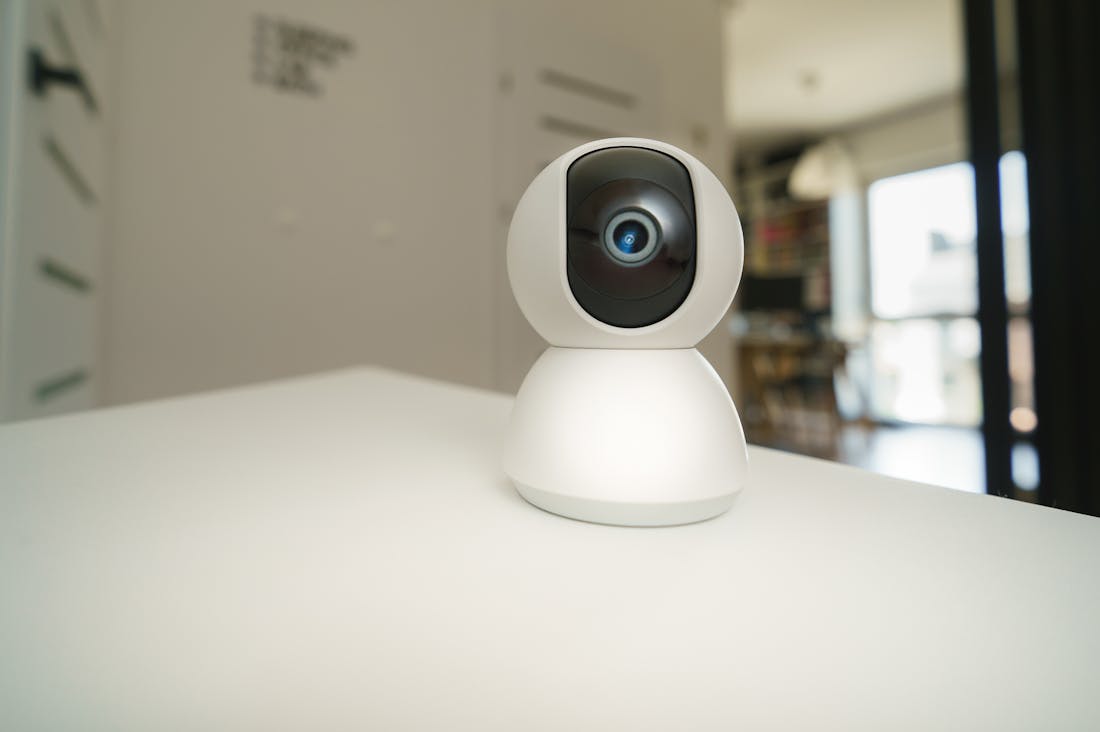As smart home technology continues to evolve, integrating these devices into your living space can enhance convenience, efficiency, and security. However, navigating the myriad of options and ensuring seamless connectivity can be daunting. This guide offers essential tips for effectively integrating smart home tech, empowering you to create a streamlined and intuitive environment.

The Benefits of Home Automation
Home automation offers numerous benefits that enhance convenience, security, and energy efficiency in modern living. By integrating smart technology, homeowners can control various devices—from lighting and thermostats to security cameras and appliances—through their smartphones or voice commands. This level of control allows for personalized environments and the ability to schedule tasks, which can save time and reduce energy consumption. Furthermore, advanced security features, such as remote monitoring and automated alerts, provide peace of mind. Additionally, home automation can increase property value and appeal to tech-savvy buyers. Overall, it fosters a more comfortable and efficient living experience.

Choosing the Right Devices for Your Space
Choosing the right devices for your space is essential for both functionality and aesthetics. Start by assessing the size of your room and the specific needs it serves. Consider the layout and how each device will fit into your environment without overwhelming it. For instance, selecting a compact, multi-functional gadget can be beneficial in smaller areas, while a larger space might allow for more specialized devices. Additionally, prioritize energy efficiency and smart technology options that can enhance convenience and connectivity. Finally, color and design should complement your decor, creating a harmonious balance between style and practicality that enhances your overall living experience.

Ensuring Security and Privacy in Smart Homes
In an era where smart homes are becoming increasingly popular, ensuring security and privacy is paramount. Smart devices, from thermostats to security cameras, often collect vast amounts of personal data, making them potential targets for cyber intrusions. To safeguard against these threats, homeowners should implement a comprehensive security strategy that includes strong, unique passwords for all devices, regular software updates to patch vulnerabilities, and robust encryption methods for data transmission. Additionally, utilizing a dedicated network for smart devices can further isolate them from other personal devices, reducing the risk of breaches. Finally, homeowners should be vigilant about reviewing privacy settings and opting out of data sharing wherever possible to protect their information. By taking these proactive measures, individuals can enjoy the convenience of smart technology while maintaining a secure and private home environment.
AI-Assisted Content Disclaimer
This article was created with AI assistance and reviewed by a human for accuracy and clarity.